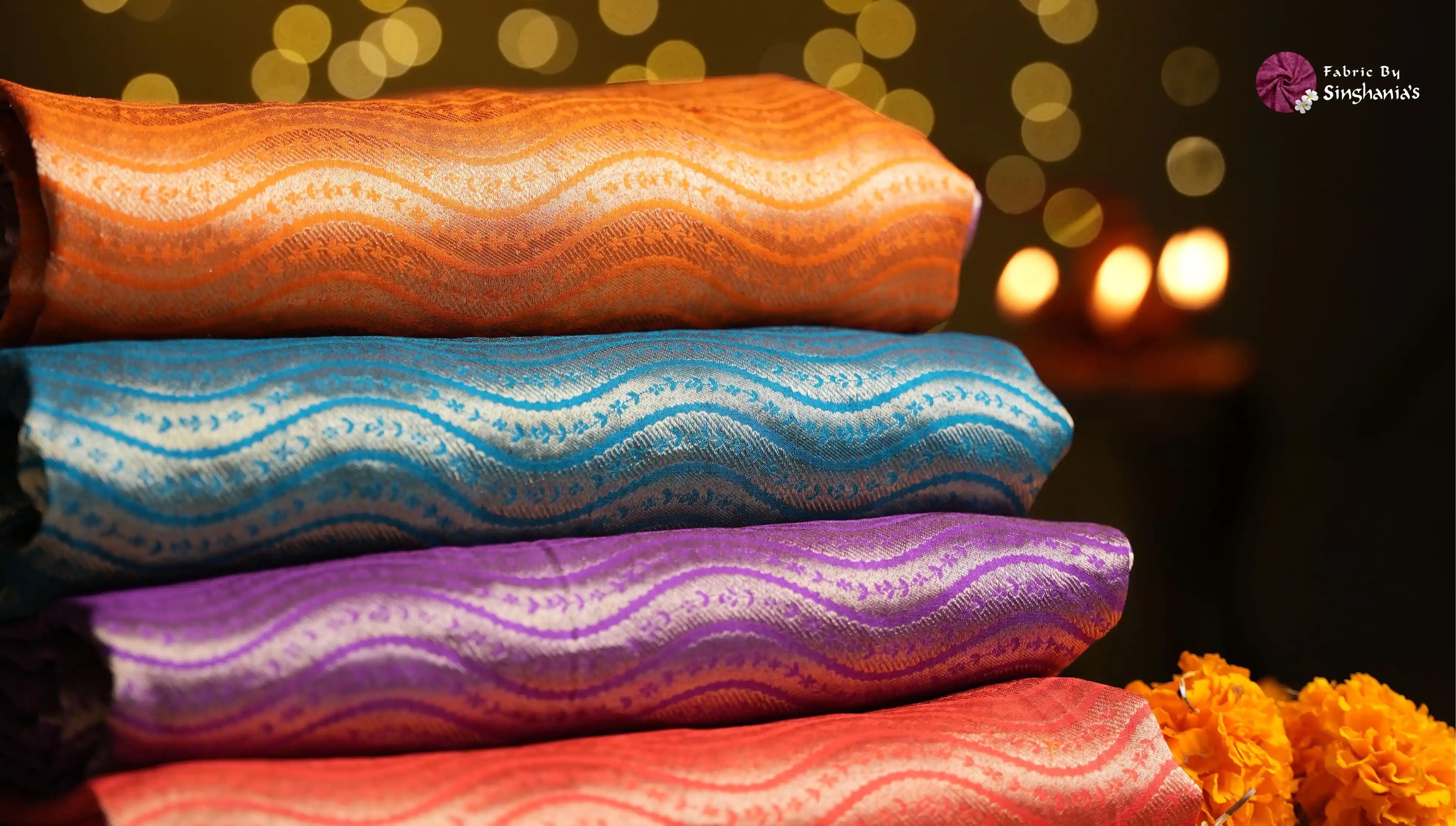
Fabric printing has been a vital part of human culture for centuries. It allows us to express creativity, convey messages, and beautify our surroundings. This blog will take you on a journey through the fascinating history of fabric printing techniques, exploring their evolution and significance over time. If you're curious, you'll discover how artistry and technology have combined to create the rich tapestry of cloth printing we see today.
Ancient Fabric Printing Techniques
The Origins of Fabric Printing
The roots of fabric printing can be traced back to ancient civilizations. From Egypt to China, early societies experimented with various methods to adorn their textiles. These primitive techniques laid the groundwork for what we now know as textile printing. Some of the earliest forms of cloth printing involved basic dyeing methods, where fabrics were painted or stained using natural pigments derived from plants, minerals, and insects. These early artisans didn’t just create beautiful fabrics; they also documented their cultures through their designs.
Block Printing
One of the oldest and most significant fabric printing techniques is block printing. This method involves carving designs into wooden blocks, which are then inked and pressed onto fabric. Block printing dates back thousands of years, with origins in places like Egypt, China, and India. Each culture developed unique designs that reflected their history, beliefs, and environment.

In India, block printing became an art form known as "Ajrakh," where intricate patterns are created using natural dyes. In China, block printing was essential for producing textiles and influenced the creation of famous patterns like "chinoiserie."
TieDye and resist dying
Another ancient technique is tiedye and resist dyeing, where parts of the fabric are tied or covered to prevent dye absorption.
Cultural Roots: This method has been practiced in various cultures, such as the famous Indonesian "ikat" and the African "Adire." Each culture has its own unique approach, leading to stunning patterns that tell a story.

The Industrial Revolution
The Industrial Revolution marked a significant turning point for cloth printing, as advancements in technology allowed for more efficient and consistent production.
Roller Printing
Invention and Mechanics: Roller printing emerged in the early 19th century. This method uses engraved copper rollers to apply patterns to fabric. Roller printing vastly improved production speed and consistency compared to traditional methods. It enabled manufacturers to produce large quantities of printed fabric quickly, making it more accessible to the masses.
Screen Printing
Origins and Popularity: Screen printing, which originated in China, gained popularity in the West during the 20th century. It uses a mesh screen to transfer ink onto fabric, allowing for vibrant colors and detailed designs. Screen printing became the go-to method for everything from T-shirts to posters, thanks to its versatility and ability to produce bold graphics.
Modern Innovations in Fabric Printing
As technology advanced, so did fabric printing techniques, leading to the emergence of modern innovations.
Digital Printing
Digital printing technology has revolutionized the fabric printing industry. It allows designs to be printed directly onto fabric using specialized inkjet printers. This technique offers incredible flexibility, enabling custom designs and small-batch production. It's particularly appealing to designers looking to create unique, personalized pieces without the need for large inventory.

Sublimation Printing
Sublimation printing is a process that transfers dye onto fabric using heat. This method is particularly effective on synthetic fabrics like polyester. Sublimation printing is popular for sportswear, banners, and home textiles, thanks to its ability to create vibrant, longlasting images that don’t fade or crack.
EcoFriendly Printing Technologies
Shift Toward Sustainability: In recent years, there has been a growing awareness of the environmental impact of fabric printing. Many companies are now adopting sustainable practices. The introduction of water-based inks and organic dyes has made eco-friendly fabric printing more viable. Brands are increasingly committed to reducing waste and using sustainable materials, reflecting a broader trend toward environmental responsibility.

The Future of Fabric Printing
As we look ahead, several emerging technologies promise to shape the future of fabric printing.
Emerging Technologies
Impact of 3D Printing: The advent of 3D printing technology could revolutionize how we think about textiles, allowing for the creation of intricate designs and structures that were once unimaginable. Another exciting development is the rise of smart fabrics—textiles embedded with technology that can respond to environmental changes. This could lead to innovative applications in fashion, healthcare, and more. The evolution of fabric printing techniques is a testament to human creativity and innovation. From ancient block printing to cutting-edge digital methods, each advancement reflects our changing needs and values. As we move forward, with the right knowledge and tools, fabric printing continues to evolve, creating endless possibilities for creativity and sustainability in the world of textiles. Fabric by Singhania's continues to lead the way with the best fabrics, blending tradition with modern technology to create beautiful textiles that cater to diverse tastes and preferences. The world of cloth printing is as vibrant as the fabrics themselves. Don't miss the opportunity to explore. Fabric by Singhania’s collection is stunning, with a diverse range of textures, patterns, and colors. Visit their stores or browse their online selection to find the ideal collection that reflects your style.



